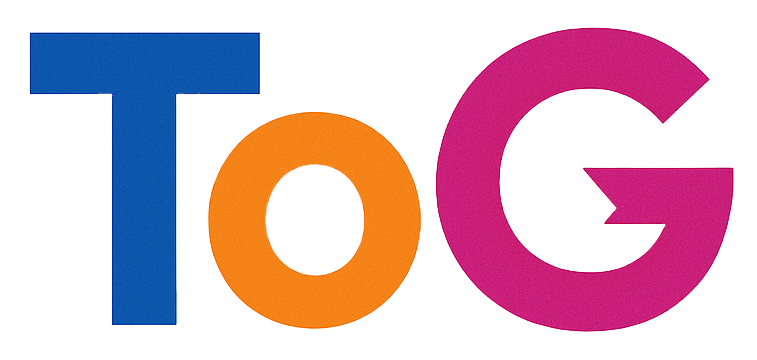Evaluating the Accuracy of Semrush’s Organic Research Data: A Closer Look
In the realm of SEO, accuracy and reliability of data are paramount for making informed decisions. Among the many tools available, Semrush has established itself as a popular choice for analyzing organic search performance, including keyword rankings, gaps, and organic research metrics. However, given that these platforms often generate estimates rather than precise figures, it’s essential to understand how much trust can be placed in their data.
Understanding the Nature of SEO Data Tools
Most comprehensive SEO tools—Semrush, Ahrefs, Moz, and others—operate by estimating or scraping data rather than capturing raw search engine data directly. This means that their reports on organic keywords, rankings, and search volumes are generally modeled based on algorithms, sample data, and proxy metrics. Consequently, they are inherently approximations, which serve as valuable guides but should not be regarded as perfectly accurate.
Assessing the Reliability of Key Data Points
Search Volume: Tools like Semrush often provide search volume estimates that can be cross-verified with sources such as Google Keyword Planner. Typically, the figures from Semrush tend to fall within the ranges indicated by Google, offering a helpful baseline for understanding relative popularity. Nevertheless, it’s worth noting that search volume estimates can fluctuate due to algorithmic updates, regional variations, and data sampling methods.
Keyword Rankings and Organic Positions: Ranking data reported by Semrush provides an overview of where your website or competitors appear in search results for specific queries. While these rankings are valuable for tracking trends and improvements, they are subject to fluctuation based on factors such as personalization, location, and search engine freshness. Therefore, sporadic shifts may not always reflect meaningful changes in SERP visibility.
Keyword Gaps and Competitor Analysis: Identifying keyword opportunities through gap analysis is a core feature of Semrush. Although the suggested gaps can inform strategic decisions, it’s advisable to validate these findings with additional tools or manual checks. Variations in data can occur, and relying solely on one platform may lead to overlooked opportunities or overestimated potential.
Balancing Data with Practical Insights
Given the estimation nature of these tools, SEO professionals should adopt a cautious approach:
- Use multiple sources for validation, such as Google’s Keyword Planner, to cross-check search volumes and trends.
- Track changes over time rather than fixating on single data points.
- Combine tool insights with qualitative analysis, including user behavior and niche-specific knowledge.
- Recogn

